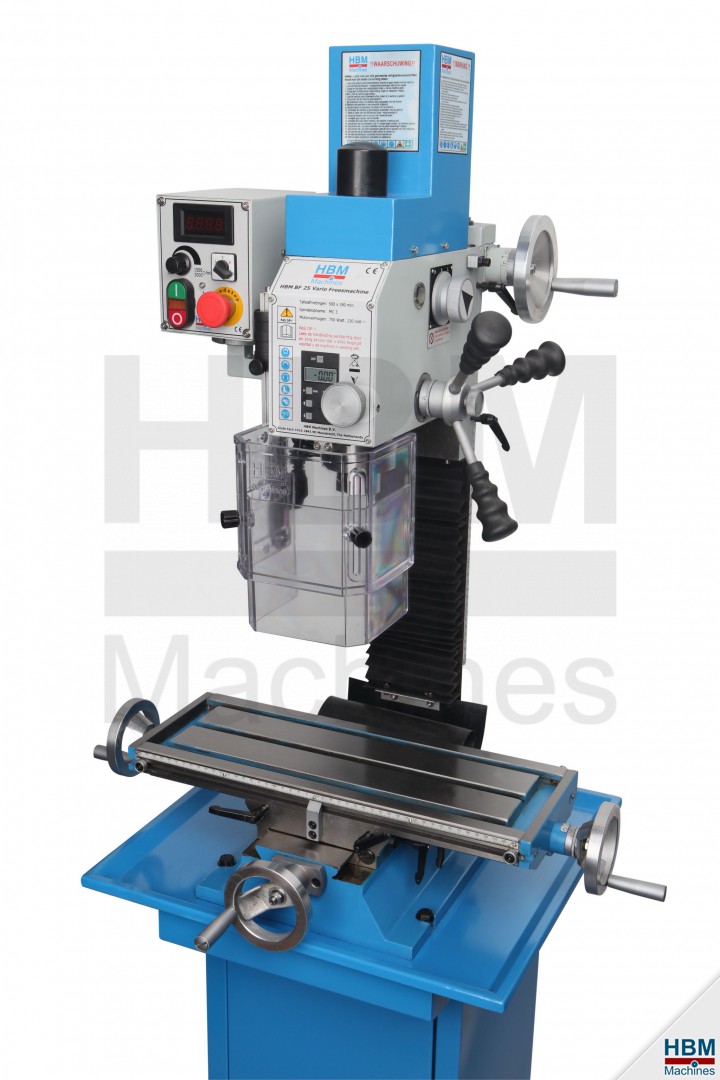Hello everyone,
I'm currently in the process of thinking about getting my first manual mill.
I'm thinking about getting this one (Optimum bf 20): http://www.techsoft.co.uk/WorkshopEquipment/MetalMills/OptimumBF20
Or (HBM BF 25): https://www.hbm-machines.com/produc...etaalfreesmachinesssub/hbm-bf-25-freesmachine
Both are made in China but I've heard the Optimum is assembled in Germany (Not sure on that though).
It will mainly be used for folding knife stuff, basic drilling of holes and flattening/milling handle material (Wood, g10, cf stuff like that).
Another question is if it's possible to mill the steel flat (not heat treated of course). Anyone knows if that's possible, and if yes which cutter/mill would I use for that?
I'm aware that I need to spend some more cash on end mills, clamps and stuff like that but any help/advice on what to get would be appreciated!
Which mill would you recommened? Would the Optimum BF20 be good or is there any other brand out there that may be worth checking out? (I'm located in Europe so I can't order from US)
Thanks alot
Lars


I'm currently in the process of thinking about getting my first manual mill.
I'm thinking about getting this one (Optimum bf 20): http://www.techsoft.co.uk/WorkshopEquipment/MetalMills/OptimumBF20
Or (HBM BF 25): https://www.hbm-machines.com/produc...etaalfreesmachinesssub/hbm-bf-25-freesmachine
Both are made in China but I've heard the Optimum is assembled in Germany (Not sure on that though).
It will mainly be used for folding knife stuff, basic drilling of holes and flattening/milling handle material (Wood, g10, cf stuff like that).
Another question is if it's possible to mill the steel flat (not heat treated of course). Anyone knows if that's possible, and if yes which cutter/mill would I use for that?
I'm aware that I need to spend some more cash on end mills, clamps and stuff like that but any help/advice on what to get would be appreciated!
Which mill would you recommened? Would the Optimum BF20 be good or is there any other brand out there that may be worth checking out? (I'm located in Europe so I can't order from US)
Thanks alot
Lars


